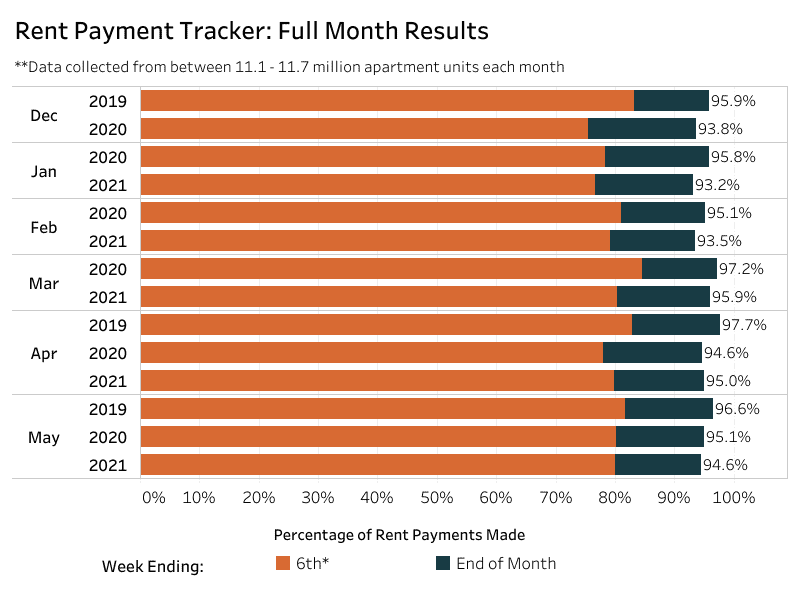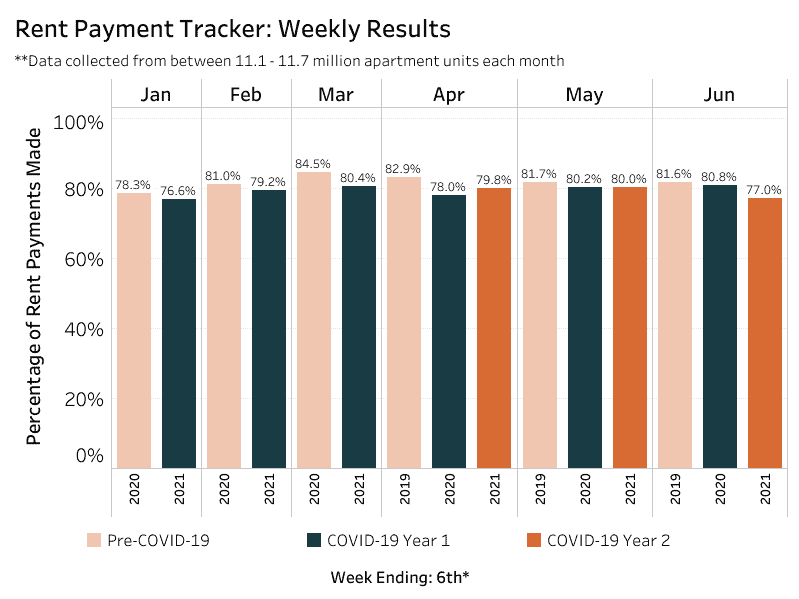Get an as-is cash offer for your home
"*" indicates required fields
[Update: On July 23, 2021 a U.S. Court of Appeals ruled that the CDC Eviction Moratorium exceeded the CDC’s legal authority. President Biden was urging Congress to extend the ban before it expired on July 31. However, with such short notice, Congress was unable to get a bill passed extending the moratorium. The CDC ignored the Supreme Court’s opinion and continued the eviction ban until October 3, 2021. Even with the end of the CDC moratorium in sight, several states have their own eviction moratoriums still in place. The latest, being New York. The new governor, Governor Kathy Hochul signed an executive order extending evictions in New York until January 2022 leaving many landlords with almost two years of not collecting rent!]
In September of 2020 the CDC issued an eviction moratorium to protect at risk families from eviction during the pandemic. Unlike many state and city moratoriums, the CDC moratorium did not require tenants to have a COVID related reason. They simply had to have had their income substantially reduced. Additionally, with the CDC moratorium, tenants are required to arrange to pay as much of the rent as possible. Otherwise, tenants are required to arrange a payment plan with the landlord. Even with these conditions, thee moratorium has been especially difficult for small landlords. Some have had large losses due to tenants refusing to make even partial payments. Other tenants have simply failed to honor the agreed upon payment plan.
CDC eviction moratorium hindering legitimate evictions
Meet Jennifer Ward. She is the owner of House Buying Mamas and manages the Facebook group Long Distance Real Estate Investors. She along with her husband, are mom and pop landlords who own a rental property in a C+ neighborhood in Indianapolis.
In December of 2020, their property manager skipped town, right after collecting a new tenant’s rent and the security deposit. The property manager kept the money and the Ward’s didn’t receive any of the rents they were owed. To add to the problem, the tenant claimed they had paid two months rent to the property manager when they moved in. However, the tenant didn’t have any receipts showing the money was paid. Of course, the Ward’s were unable to prove otherwise as their property manager was gone. The result was the Ward’s were unable to evict the tenant for unpaid rents.
Related reading: How to hire a property manager for your out of town rental
Moratorium stops tenant eviction
But the story gets worse. In March of 2020 due to COVID, eviction moratoriums were put in place to protect tenants who were impacted by COVID. Even though the Ward’s tenant was gainfully employed, the tenant, chose to hide behind the eviction moratorium and not pay rent. Not even partial payments or even setup a payment plan.
In March of 2021, more than year later and not receiving any rent payments, the Ward’s were owed more than $12,700. The only way they were able to keep their rental property’s mortgage payments paid, was by tapping into their personal savings.
The Ward’s ultimately had to pursue their case in the higher Superior Court. When their tenant was unwilling to perjure themselves and swear that they were unable to pay due to COVID, (via CDC Declaration Page), the judge ordered the tenant be evicted. After all of the lost rents and legal fees, the Ward’s were owed approximately $17,000.
How many families really are at risk of eviction due to COVID?
The media has continually been reporting that 30-40 million families are at risk of eviction due to COVID. This large number was first published by the Aspen Institute. However, the report seems to push the facts and and other measurements seem to argue for much lower numbers.
Apartment landlords are collecting 95% of rents due
The National Multifamily Housing Council (NHMC) tracks rents collected by large, corporate landlords and apartments. According to NHMC, landlords have consistently collected 94% to 96% of rents due by the end of the month. Even during the pandemic. If you look at the pre pandemic versus the pandemic years in the chart below, the rents collected by the end of the month are within 2% of each other.

Source NHMC
Tenants Having Problems Paying Rent on Time
That doesn’t mean that tenants haven’t had a difficult time paying rents during the pandemic. It also doesn’t mean that rent payments have been paid on time. The same NMHC report shows rents paid by the 6th day on the month. Rental property contracts typically state that rent is due by the 1st, and late on the 6th. Note the chart below. The number of rental units where the rent is paid on time, is only down by 2%-3% from pre pandemic levels. And that is across almost 12 million rental units.
A little bit of quick math multiplying 12 million times 3% is roughly 360,000 rental units. That means 360,000 families are paying later in the month, or not paying rents at all, compared to before COVID. That’s a big difference from the 30 to 40 million people the media is reporting.

Source NHMC
How many families are actually renting and at risk of eviction?
To be fair, the NMHC data doesn’t cover single family rentals, only multifamily properties. However, according to Statista, there are 14.45 million families renting, or 44 million individuals, occupying single family rentals in the United States. So, if the Aspen report were to be believed, nearly every single person who is a tenant in America is at risk of being evicted due to COVID. That just seems a little unbelievable to me, but it makes good headlines.
If we use the numbers from Statisa and use the two percent difference between pre and post pandemic levels as reported by NHMC, we arrive at a far different picture. Using these numbers, there are approximately 28,900 families or 88,000 individuals who are are risk of eviction due to COVID. We understand that this isn’t a scientific approach, but it certainly demonstrates the media’s assertion of 30 to 40 million individuals is far from accurate.
Eviction moratorium hurting small landlords
While the majority of tenants are paying rents, some are legitimately behind in rents. A smaller group still is simply taking advantage of the moratorium to save money and not pay their landlords. Unfortunately, the landlords most at risk are the small mom and pop landlords. Those whose primary source of retirement income is rental property income.
Grant Anderson, is owed several thousand dollars in unpaid rents caused by the moratorium and tenants who are taking advantage of him.
Anderson manages 17 rental properties in the Indianapolis area. He states, “Throughout the pandemic and eviction moratorium, we have had most of our tenants struggled to pay rent. We tried to work with all our tenants arranging payment plans with them. In Indianapolis we had Indy Rent Assistance funded by the Cares Act. The Rent Assistance paid three months rent to tenants that qualified.”
Tenants taking advantage of landlords using CDC eviction moratorium
But Anderson had one tenant take advantage of the eviction moratorium. The tenant paid rent only once in May 2020. In August of 2020, Anderson attempted to evict the tenant when the governor did not renew the eviction moratorium. However, just prior to Anderson’s court date, the CDC issued the moratorium on evictions (September 2020). At the eviction hearing, the judge provided the opportunity for the tenant to sign the new CDC Declaration. Unlike Ward’s tenant, Anderson’s tenant signed the CDC declaration. The tenant then paid for one months rent, and agreed to a payment plan. But that was the last payment Anderson received from the tenant.
Judge reverses eviction order
In March of 2021, a full year later and owed about $12,000 in back rent, and $5,000 in legal fees, the judge gave Anderson another eviction date.
However, after receiving the eviction notice, the tenant contacted the court and contested the eviction. At this hearing, the judge reversed his previous eviction date and gave the tenant a voluntary move out date.
Tenant doesn’t pay rent so he can save to buy a house
With the threat of eviction eminent, the tenant contacted Anderson and asked to stop the eviction. The tenant didn’t want an eviction on his credit report. Why? Because he was buying a house! Anderson was out full year of rent because instead of paying his landlord, the tenant was saving money to buy a house!
Anderson says the tenant, “Has paid us $6,500, but still owes $10,500 in back rent and legal fees. I am hoping to collect $8,500 by April, which would bring the total he is owed. ” If Anderson can get the amount he is owed below the $8,000, he can get a judgement for it in small claims court. Of course collecting the money that he is owed may well take years, if he can ever collect it.
